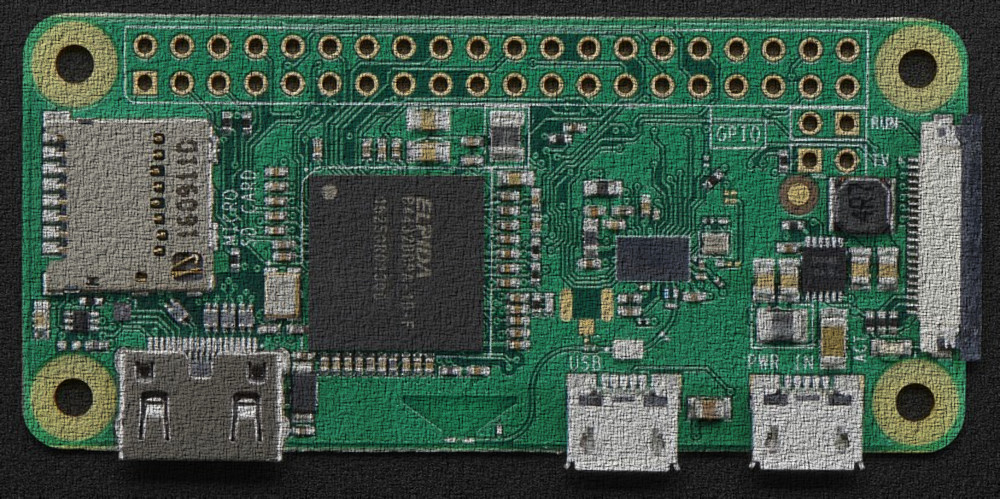


Both python 2.7.16 and python 3.7.3 come installed.Now we can ping the device with simply ping ghibli.local Python (recommended) Change the hostname so instead of ping raspberrypi.local we can ping ghibli.local.Joehisashi ALL=(ALL) NOPASSWD: some_commandĪt the bottom. We can add ourselves to sudo so we don’t need sudo for a command like some_command:.Make a new user called joehisashi with password abc123:.Sudo wpa_cli -i wlan0 reconfigure New user (recommended) You can edit WiFi by making a file called `wpa_nf` with contents: ctrl_interface=DIR=/var/run/wpa_supplicant GROUP=netdev update_config=1 country=US network= Mount the SD card on your computer, and navigate to the boot partition. We will now setup your Pi without a monitor or keyboard. I labeled each section with required recommended optional Enable optional features - Enable LCD screen over SPI via fbtft / Enable I2C / Enable NFC / Install Docker / Install apt-file.Setup important features - WiFi / New user / Change hostname / Python / Pip.Headless setup of RPi - WiFi / SSH / SSH over USB port / Enable SPI / I2C communication / UART / LCD via fbtft.We will be using a Raspberry Pi Zero WiFi running Raspberry Pi OS (32-bit) Lite ( Raspbian? When did they rename it?!). This entails flashing an SD card and getting started with Raspberry Pi OS, and enabling all the nice hardware that we like. without monitor/keyboard) of a Raspberry Pi going.

Why are there so many options? And so many places to set them? I find myself shutting down, mounting, editing, un-mounting, rebooting over and over and over.Īfter exhausting Google, here is my contribution to getting a headless setup (i.e. Every time I set up a Raspberry Pi it feels like I am starting again for the first time.


 0 kommentar(er)
0 kommentar(er)
